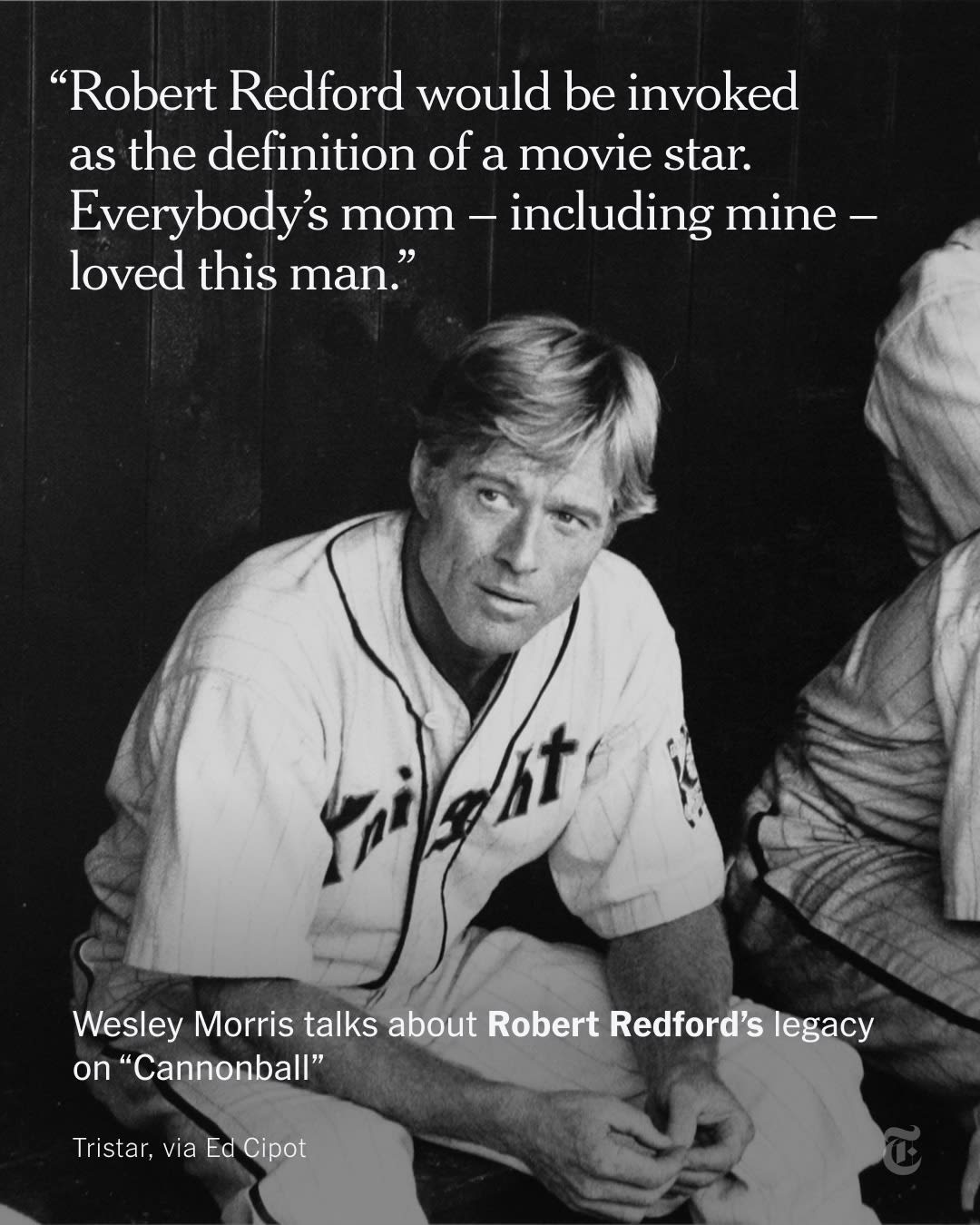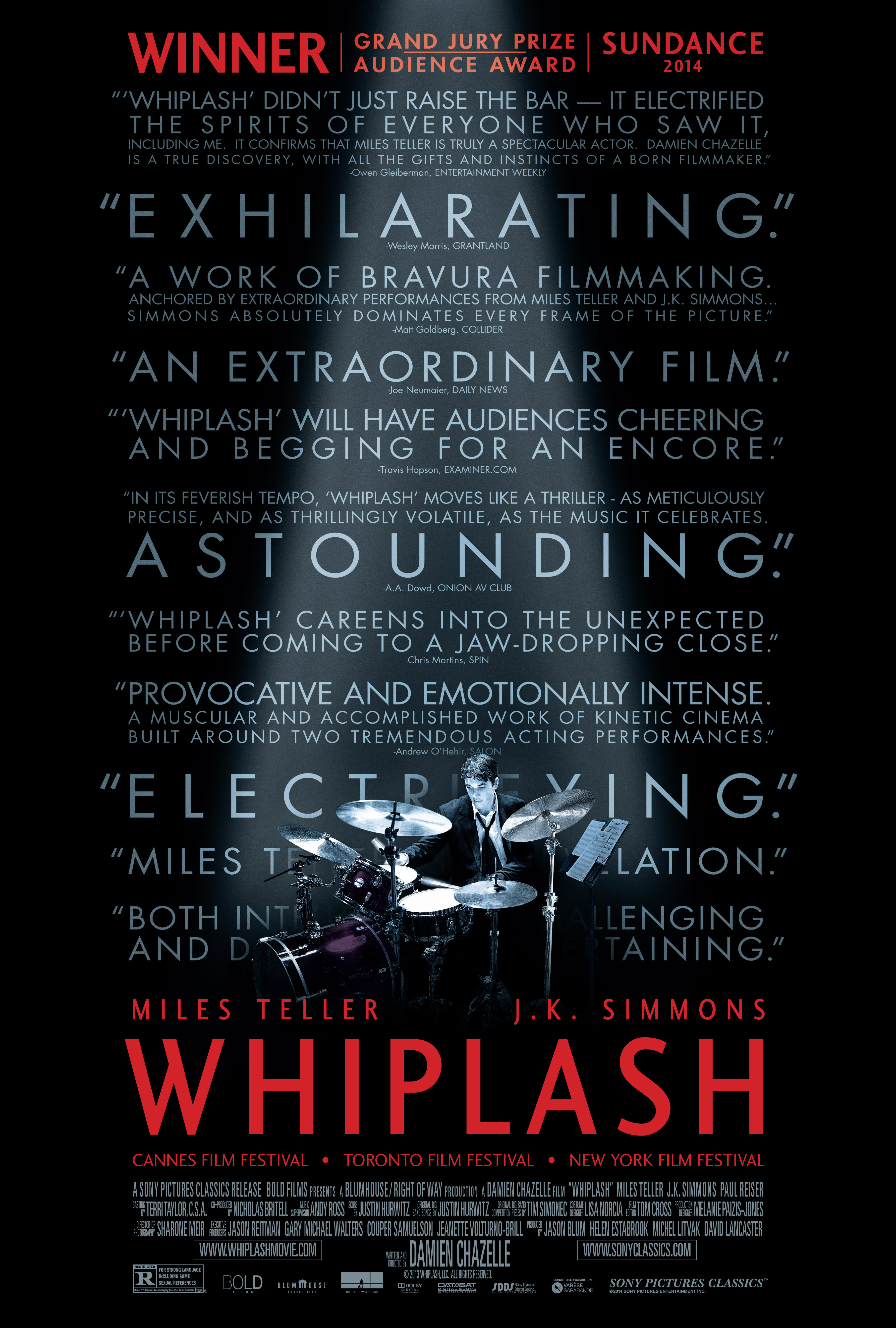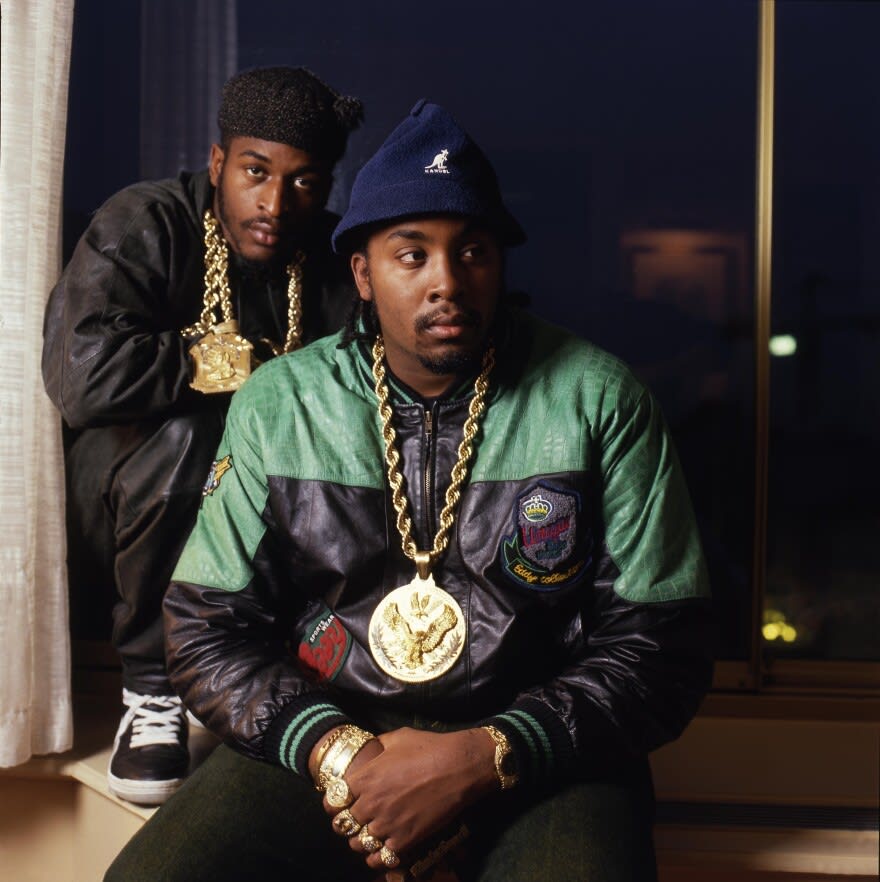Farcaster is a decentralized social media protocol built on blockchain technology, designed to enable the creation of social networks where users own their data, identities, and interactions without relying on centralized control. Launched in 2020 by founders Dan Romero and Varun Srinivasan (both former Coinbase employees), it aims to address issues like censorship, privacy erosion, and data monopolization in traditional platforms like X (formerly Twitter) or Facebook. The protocol operates on Ethereum's Layer 2 scaling solution Optimism, combining on-chain elements for security and immutability with off-chain storage for efficiency.
### How Farcaster Works
Farcaster's architecture is a hybrid model to balance decentralization with usability:
- **Accounts and Identity**: To join, users need an Ethereum wallet (EVM-compatible). Creating an account involves an on-chain transaction via smart contracts like the Id Registry, which assigns a unique Farcaster ID (FID) and links it to your Ethereum address. This allows self-sovereign identity—you control your username, profile picture, and bio without needing a central authority's approval. Initial setup includes a one-time "storage rent" fee**: Unlike centralized apps, Farcaster is "sufficiently decentralized"—no single entity controls the network. Data is permissionless, meaning developers can build apps that access or interact with it freely. This promotes resistance to censorship, as content can't be easily deleted by a corporation. However, to prevent spam, features like storage limits discourage bots.
- **Key Innovations**:
- **Frames and Mini Apps**: Interactive embeds (like mini-games or polls) that run directly in feeds, built using tools like the Farcaster SDK.
- **Sign-In with Farcaster**: Allows apps to authenticate users via their FID, leveraging social graphs for personalized experiences.
- **Interoperability**: Connects with other Web3 ecosystems, enabling cross-platform data flows (e.g., sharing assets or info with Solana or Base).
The protocol's goal is massive scale: to power a "credibly neutral" network used by over 1 billion people daily, fostering an open ecosystem where apps compete on features rather than locking in users.
### Popular Apps on Farcaster
Farcaster itself is the underlying protocol; users interact via client apps. The flagship is **Warpcast**, a Twitter-like interface with features like tipping (via crypto) and Frames. Others include:
- Supercast: A lightweight, mobile-friendly client.
- Phaver and Nook: Feed-focused apps with customization.
- Farquest and Herocast: Gamified or community-driven experiences.
- Emerging ones like Exa Mini App for on-chain credit cards or collaborative games (e.g., Pokémon via Frames).
Mobile apps are available on iOS and Android, with a growing community of crypto enthusiasts, developers, and creators.
### History and Growth
- **Early Days**: Beta launched in 2021 with invite-only access. By late 2022, it had ~4,000 users and 200,000 casts.
- **Traction**: Gained momentum in 2023–2024 amid Web3 hype, crossing 80,000 daily active users by mid-2024. Features like Frames drove viral growth.
- **Funding**: Raised $150 million in May 2024 from Paradigm, a16z crypto, and others, valuing it highly despite its niche audience. Total funding exceeds $180 million, reflecting investor bets on decentralized social as the future.
- **Challenges**: Onboarding requires crypto knowledge (e.g., wallets and gas fees), limiting mainstream adoption. Critics note it's still niche, with user counts far below X's billions, and some apps feel centralized despite the protocol. Events like "Farcaster NYC" highlight community vibes but underscore small scale (e.g., ~37 attendees joked about). Recent X discussions (as of September 2025) show enthusiasm for integrations like Zama FHE but skepticism on mass appeal.
### Comparison to Other Platforms
| Aspect | Farcaster | X (Twitter) | Traditional Social Media |
|--------|-----------|-------------|--------------------------|
| **Control** | User-owned via blockchain; portable identity | Platform-owned; algorithmic feeds | Centralized; data harvested |
| **Censorship Resistance** | High (decentralized Hubs) | Moderate (policy-based) | Low (company decisions) |
| **Monetization** | Crypto tipping, NFTs; developer-built | Ads, subscriptions | Ads, data sales |
| **User Base (2025 est.)** | ~100K+ DAU (growing in crypto circles) | 500M+ | Billions |
| **Friction** | Wallet setup, fees | Easy sign-up | Easy but privacy-invasive |
Farcaster isn't yet a Twitter killer but appeals to those frustrated with Big Tech. It's evolving, with recent buzz around Mini Apps and ecosystem grants. If you're interested in joining, start at farcaster.xyz or download Warpcast—expect a thoughtful, crypto-savvy crowd. For sci-fi fans, note: this isn't the instant-travel portals from Dan Simmons' *Hyperion Cantos*, though the name nods to futuristic connectivity.






